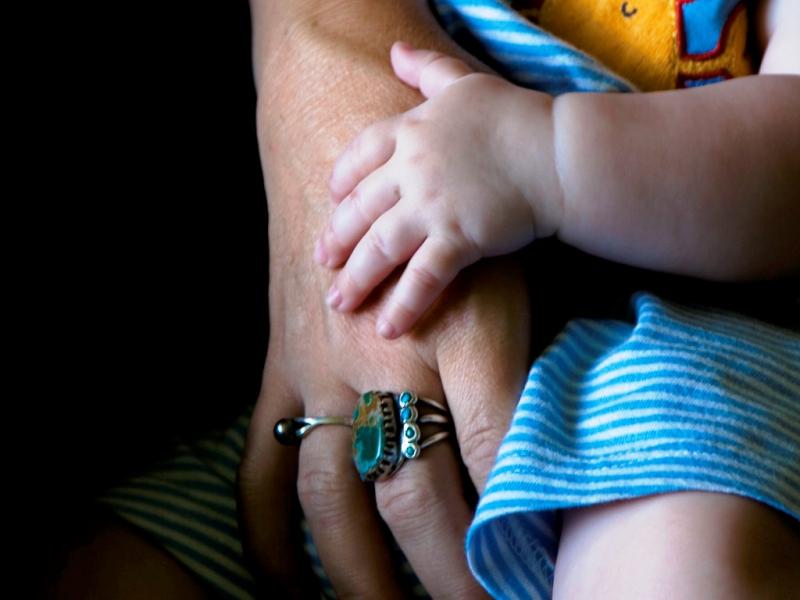- Series:Humans, Transcript English
2 Corinthians 13:11
“Finally, brethren, farewell. Be perfect, be of good comfort, be of one mind, live in peace; and the God of love and peace shall be with you.”
Love is one of the necessities of life that is both physical and spiritual. While it doesn’t fit with a strictly materialistic view of life, love and touch – or lack of love and touch – can determine our health and sometimes even life and death.
 The claim that love and touch are necessary to life and health was considered so outrageous that it wasn’t until relatively recently that scientists began to test such claims. Researchers selected 40 hospitalized infants. These infants were not in intensive care, on oxygen or intravenous feedings, but they were too tiny to leave the hospital. Researchers randomly selected half the group for attention. These infants were touched for three 15-minute periods a day. The first five minutes were spent stroking the infants’ bodies. The next five minutes were spent lightly moving the infants’ arms and legs. This was followed by five more minutes of stroking.
The claim that love and touch are necessary to life and health was considered so outrageous that it wasn’t until relatively recently that scientists began to test such claims. Researchers selected 40 hospitalized infants. These infants were not in intensive care, on oxygen or intravenous feedings, but they were too tiny to leave the hospital. Researchers randomly selected half the group for attention. These infants were touched for three 15-minute periods a day. The first five minutes were spent stroking the infants’ bodies. The next five minutes were spent lightly moving the infants’ arms and legs. This was followed by five more minutes of stroking.
Even though the infants often didn’t seem to notice the attention, it made a difference. After only 10 days of this attention, the stroked infants had gained 47 percent more weight than the infants who were ignored. This is especially amazing considering that the infants who gained less weight had been fed the same number of calories. The stroked infants were also more active, so they should have actually metabolized more of the calories and lost weight rather than increasing in weight.
Can we literally live on love? Well, we do need food and other things, but we also need love – especially from our Creator.
Prayer:
Father in heaven, I thank You that You have loved me and sent Your Son, Jesus Christ, to carry my burden of sin and guilt on the cross. Never let me doubt Your forgiveness, and continually assure me of Your forgiving love – for I know that this is where peace is found. In Jesus’ Name. Amen.
Notes:
Bower, Bruce. 1985. “Different strokes.” Science News, v. 128, Nov. 9. p. 301.
